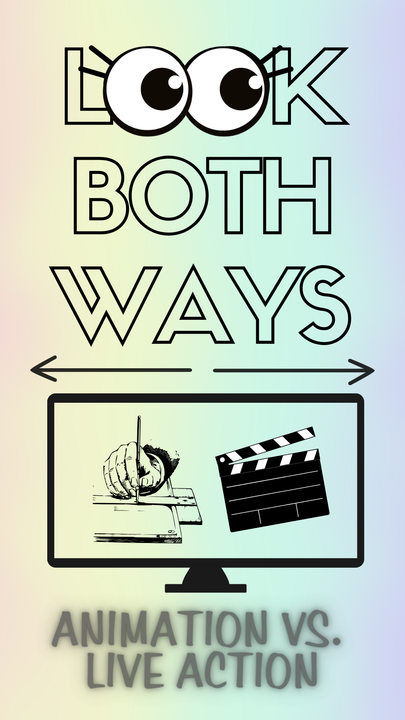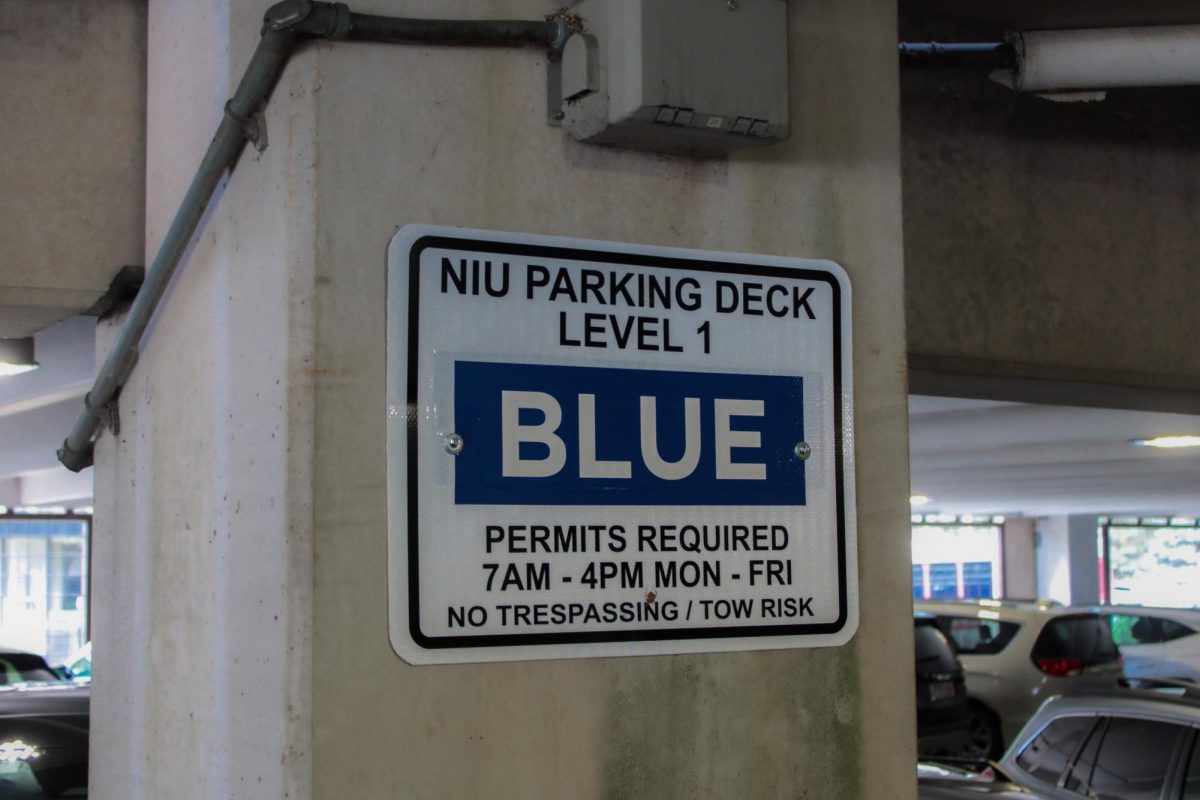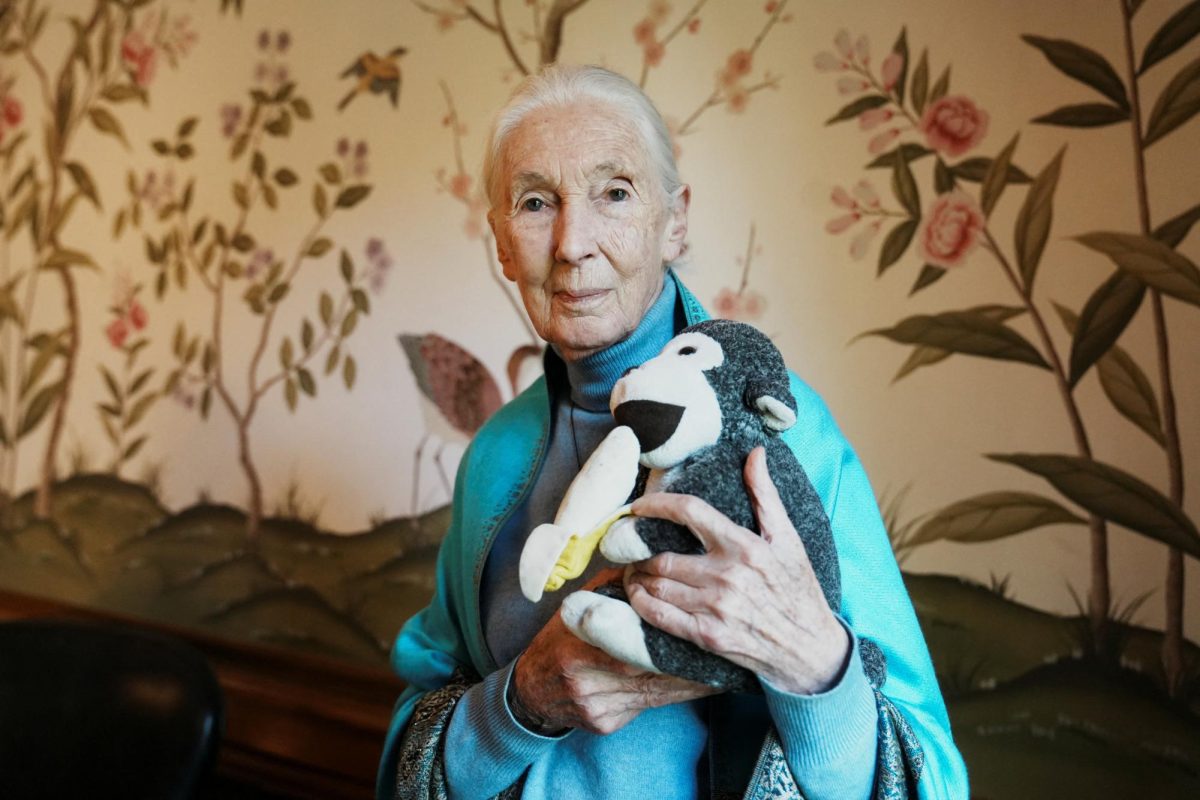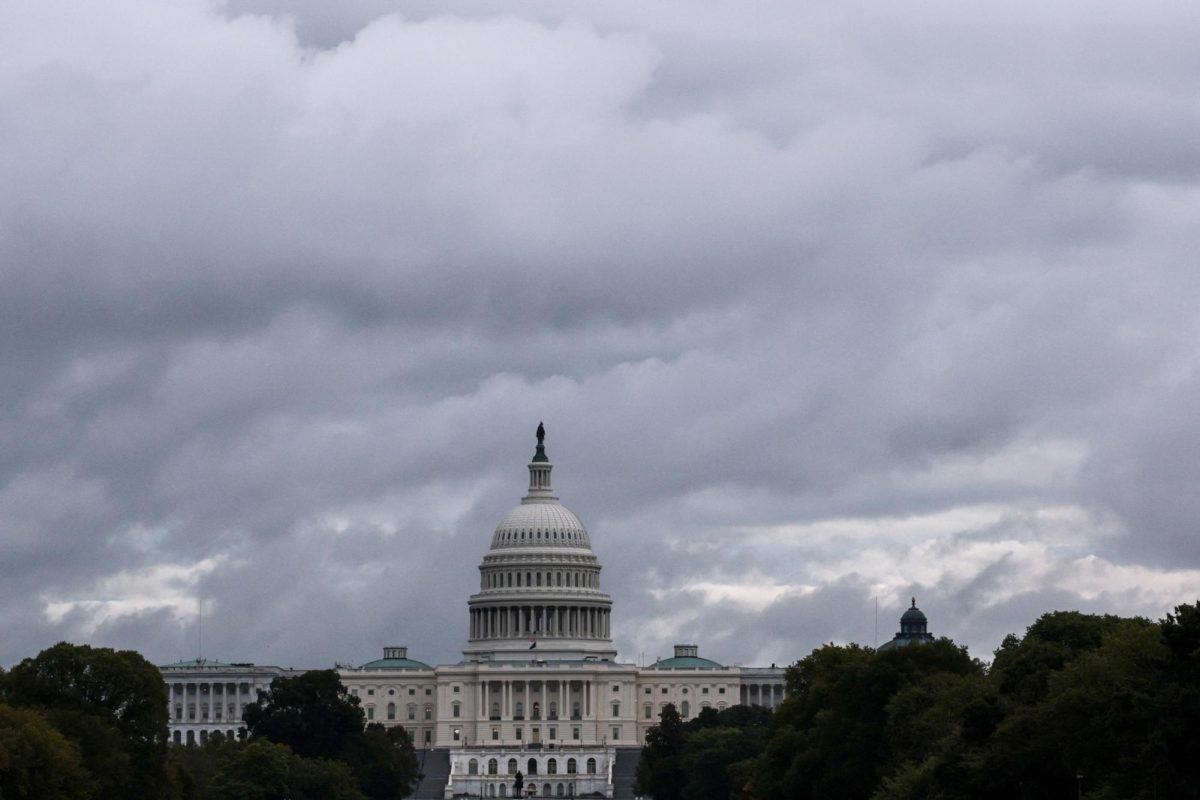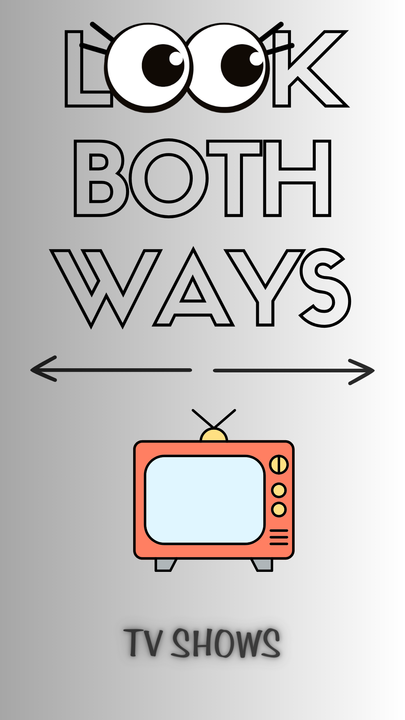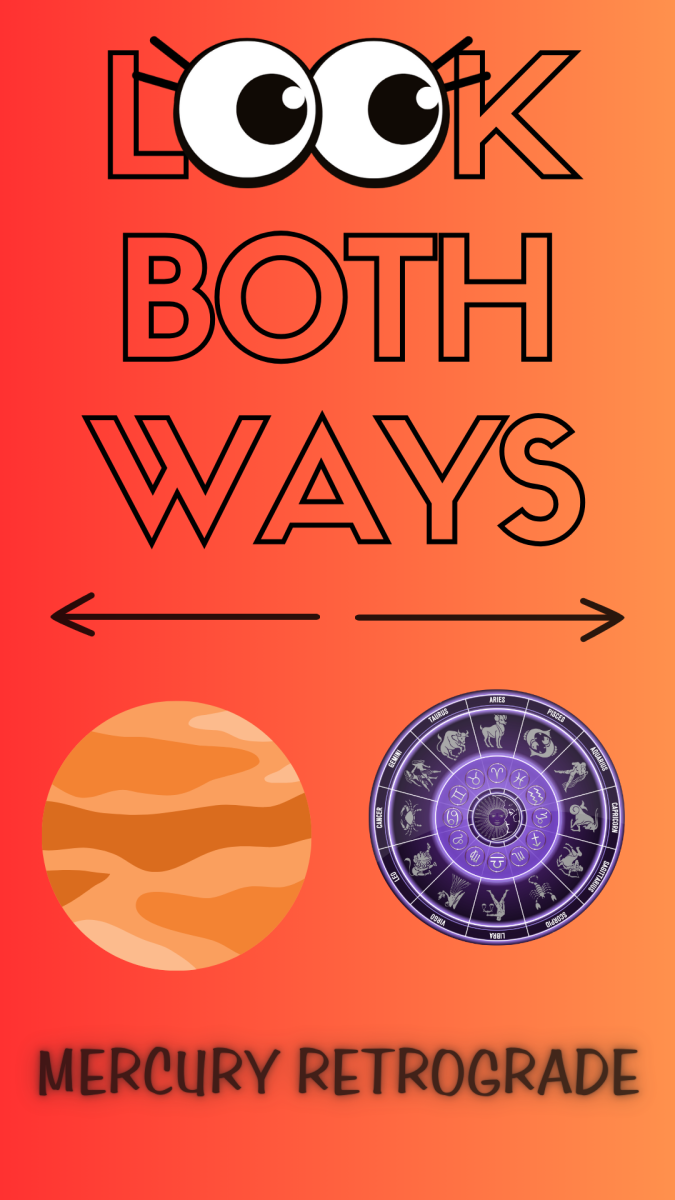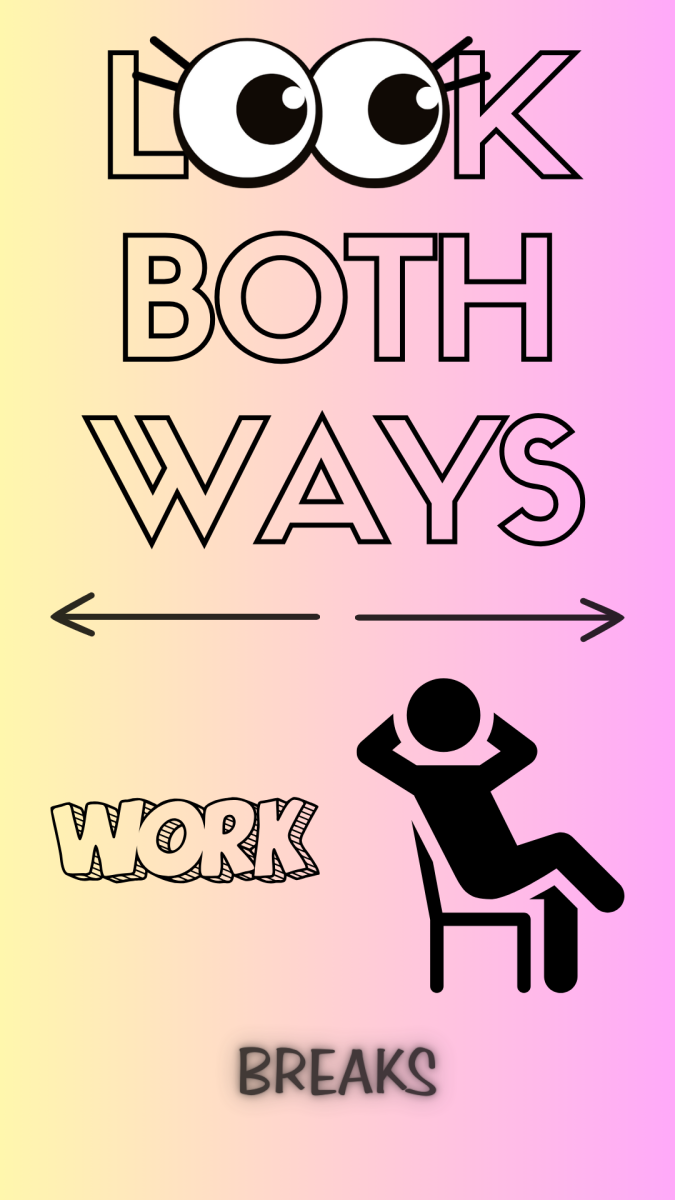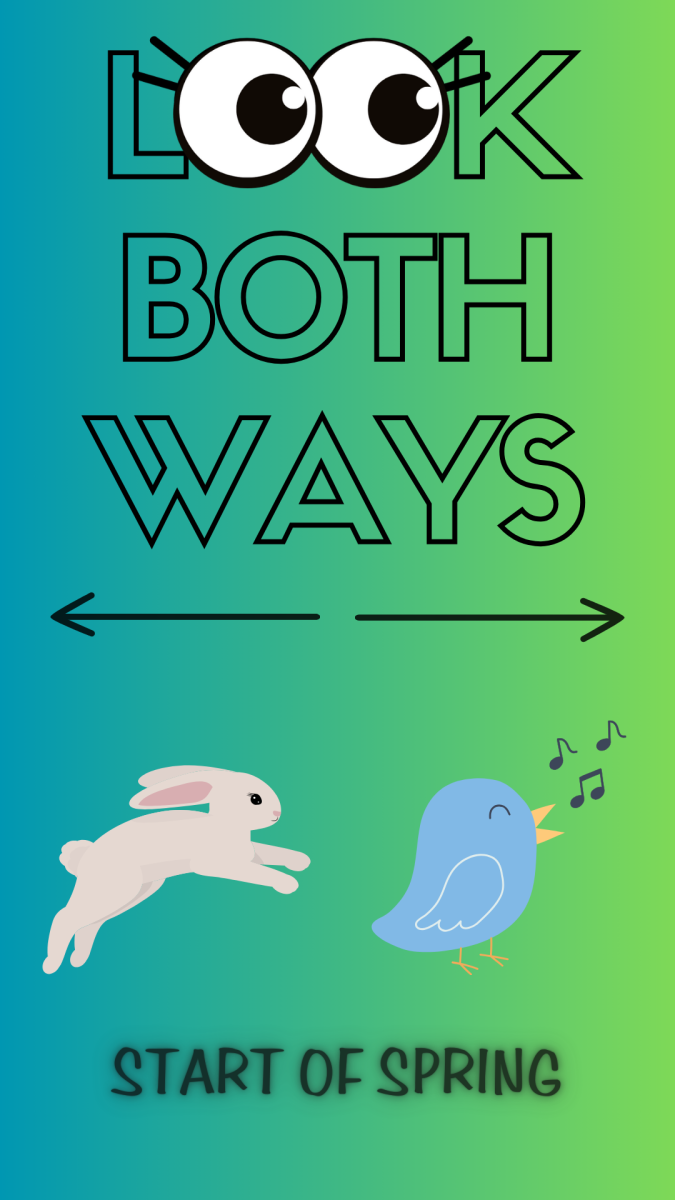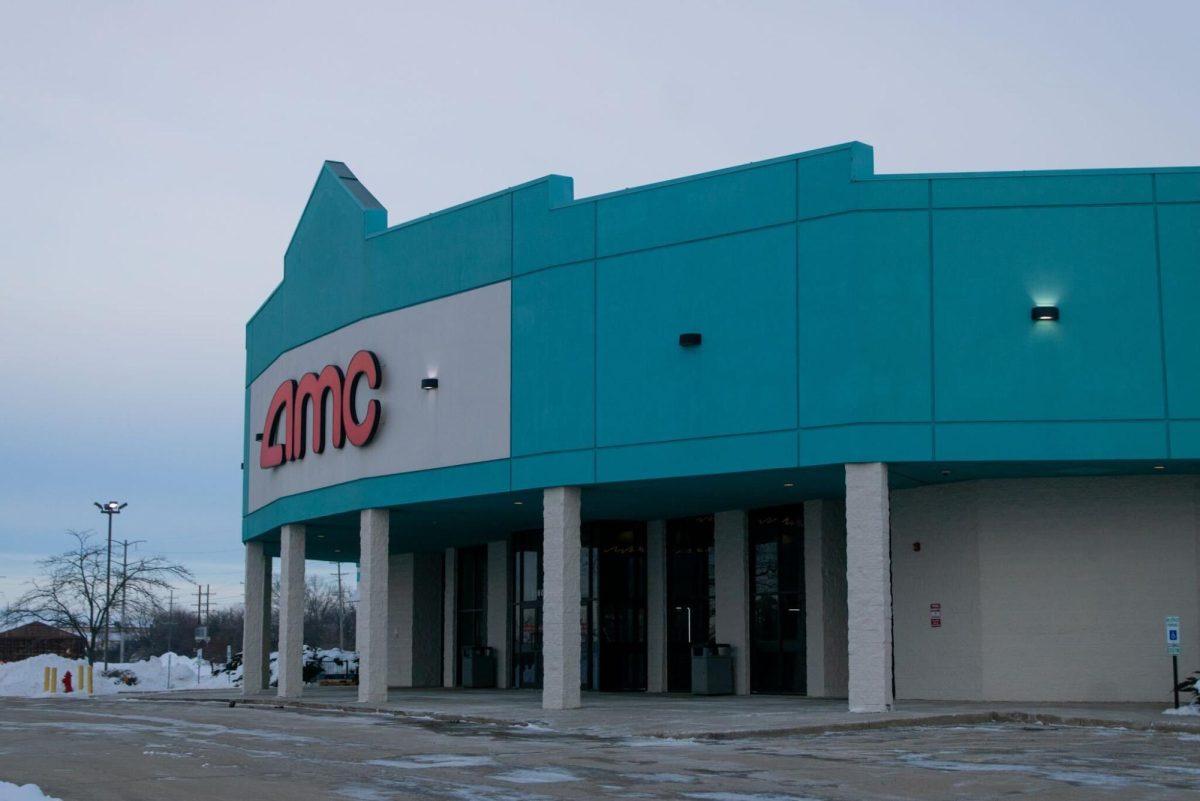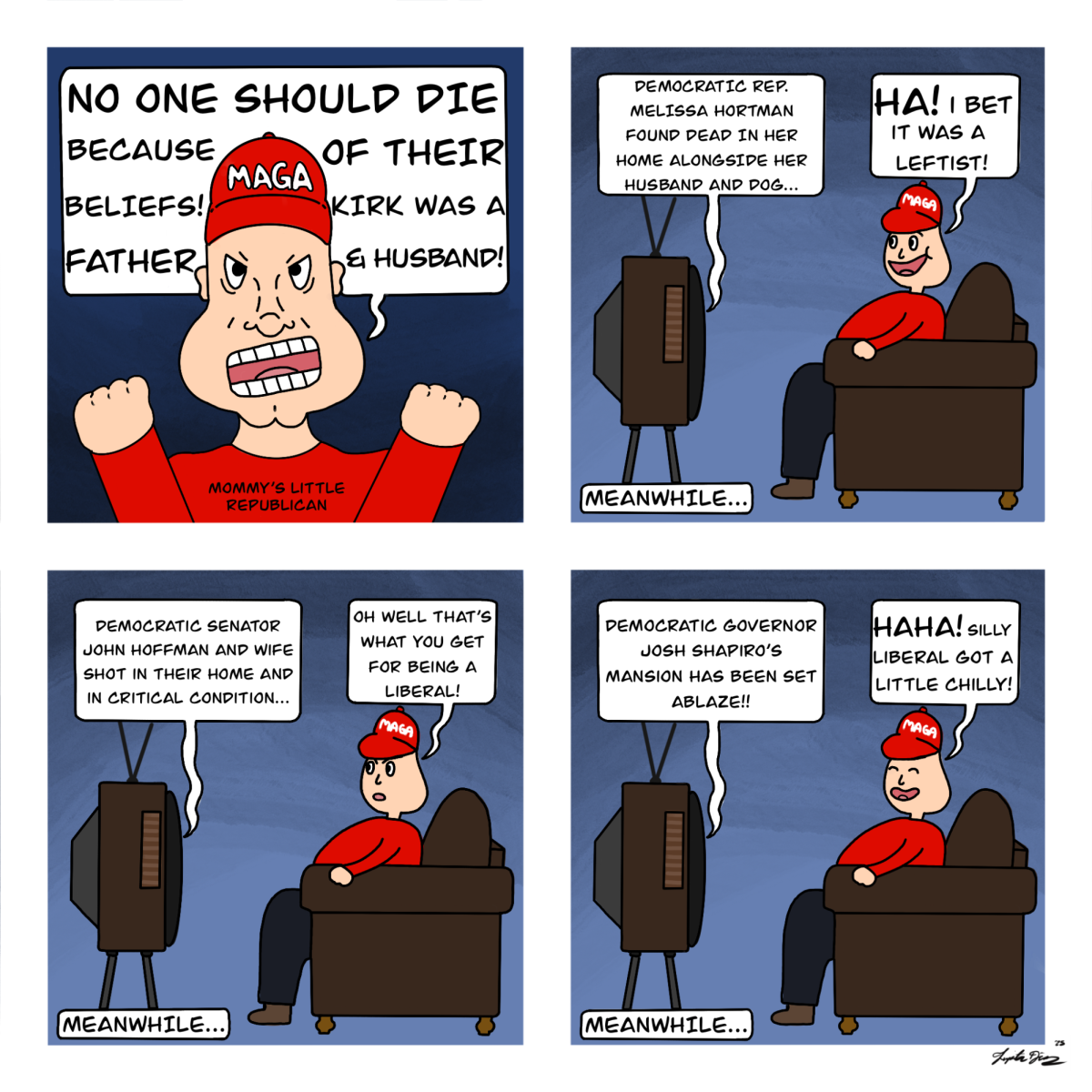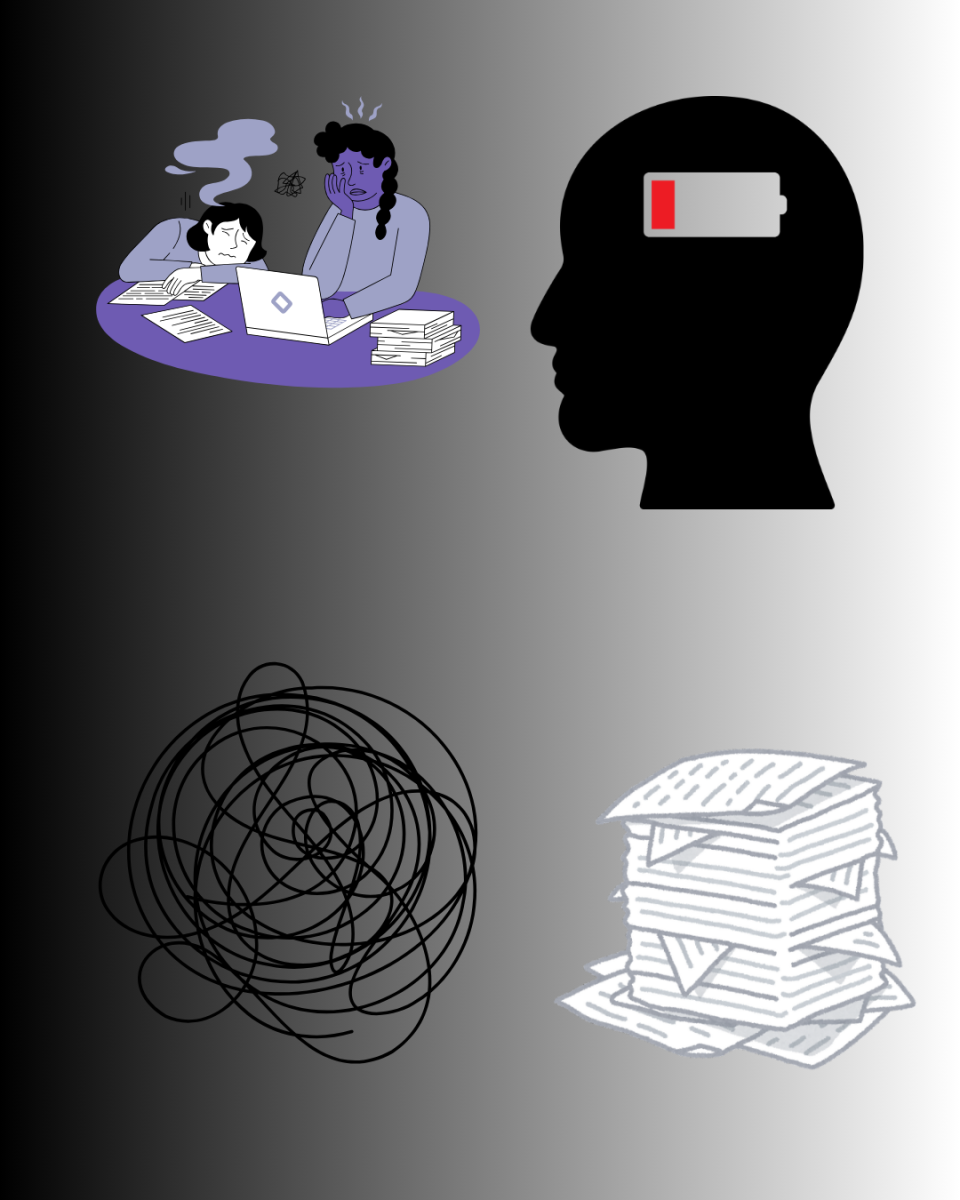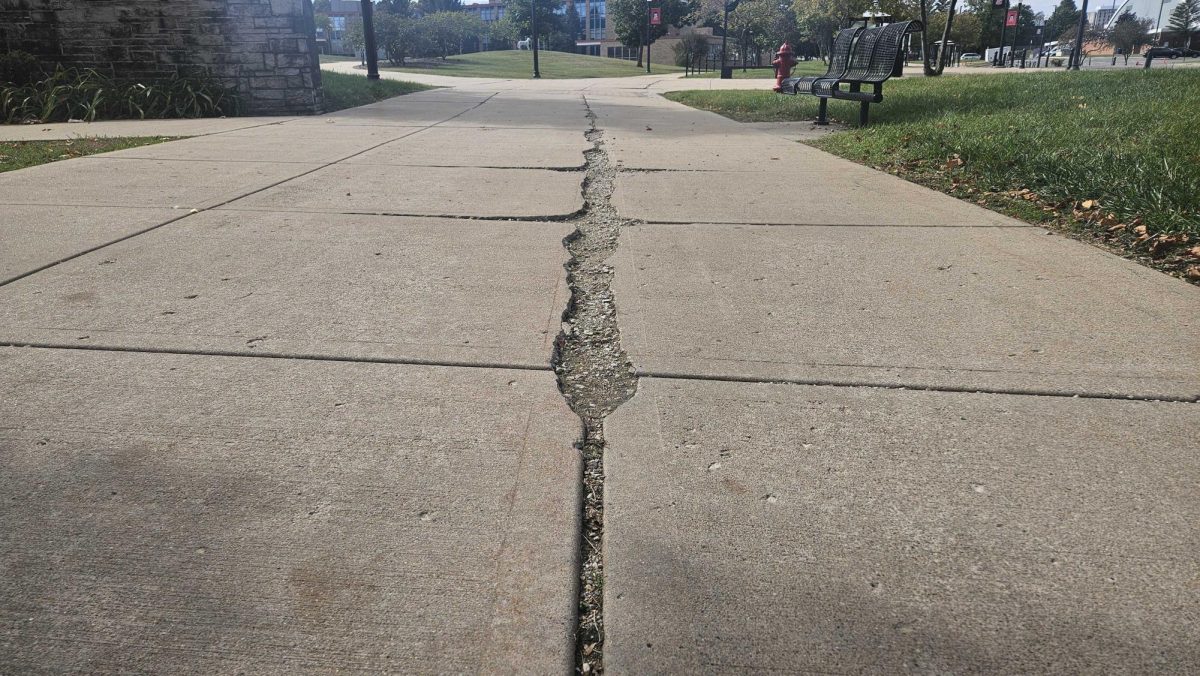ANIMATED TV BETTER THAN LIVE-ACTION
By: Jackson Shields, Opinion Columnist
Consider the story of David and Goliath. David, the young and scrawny shepherd, stands before the towering Goliath with only a slingshot and a single stone; he faces insurmountable odds in the form of Goliath, the better, stronger opponent. Yet, when all is said and done, David emerges victorious. Now, flip forward through thousands of years of history, and consider the modern animated show when pitted against live action television — the story is much the same.
Live action television has, in all regards, more prestige than its animated counterpart.
It rakes in better streaming numbers, cleans up at award shows, and has a far more storied, respected history in the eyes of the general public. Live action television is Goliath and a far more imposing figure than the biblical giant.
American animation, then, is David, armed not with a slingshot, but with deep reserves of passion and creative potential. Potential is the keyword, because more than any medium, animation has the incredible potential to do any and everything dreamed up by the animator.
Live action, meanwhile, is inherently limited to the real and tangible, save for what is done through computer generated images (CGI) — essentially, an injection of animation.
These limitations often force the hand of showrunners, acting as invisible barriers that are difficult to define but certainly felt when they’re inevitably pushed against. Animation is beholden to no such barriers, in fact, animated TV is at its best when it’s actively defying them.
Recently, animated shows like Netflix’s “Arcane” have pushed the envelope of what can be done with the medium by interweaving the excellent drama typical of a live action show with the visual spectacle only possible within the realm of animation.
The adult series “BoJack Horseman,” meanwhile, tackles an absurdist visual style to punctuate its examination of the human condition, utilizing animation as a tool to strengthen the themes of the narrative.
Certainly, the relatively small catalog of American animation can’t hold a candle to the extensive library of masterpieces shot in live action, but the potential is there, and it’s lying in the hands of the animators.
As animation continues to become more relevant within the mainstream, and as more and more people begin to acknowledge it as a valuable medium, its potential for greatness grows. Its slingshot is drawn further and further back.
LIVE ACTION TV BETTER THAN ANIMATED
By: Sofia Didenko, Opinion Columnist
Through characters, story lines and locations, live action TV has the potential to transport us into another world. The tremendous amount of creative efforts from actors, writers, directors, producers, camera operators and editors makes for an immersive experience that uplifts viewers’ lives.
We may feel compelled to call out an actor’s name and talk about what TV show or movie we know them from. It feels as if we almost know them at times. Having a beloved actor or actress means being able to appreciate their craft and particular approach to playing their characters.
Despite not knowing these people personally, many of us hold them close because these actors have caused various intense emotions metaphysically with us. We try desperately to find out more information about them: like what they do in their free time to what their diets are. There are entire collectives like IMDb as well as media outlets like E! news for fans.
Emmy Rossum is a cherished actress who has played a chaotic and fierce Fiona Ghallager in the hit TV show “Shameless,” as well as a darker and enigmatic role of Christine Daae in “Phantom of the Opera.” Her fans may explore two very different genres just to see her perform because they feel connected to her persona.
The nuance of “fictional familiarity” is magnetic and can’t be recreated as well with animated TV shows. Live action TV captures more complex situations throughout many genres.
A physical setting may also be more engaging for many viewers. Animated shows often provide less detail and importance to the setting. This includes how the setting is set up, shot and edited to accompany the story, proving again that live-action TV is able to capture a more complex experience compared to popular animated shows.
For example, in a horror series like Netflix’s “The Haunting of Bly Manor,” the entire show has a dark aesthetic and the house is featured in a large, intimidating and mysterious way contributing to the eerie feeling the show’s writing is meant to portray.
Viewers may also easily relate to live-action shows because they can capture the real life dynamics of a scene.
With all aspects working together, live-action offers viewers a much more interesting experience.


